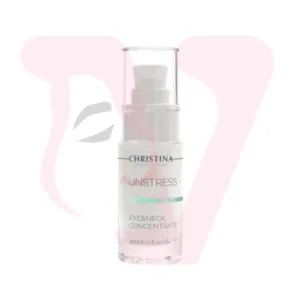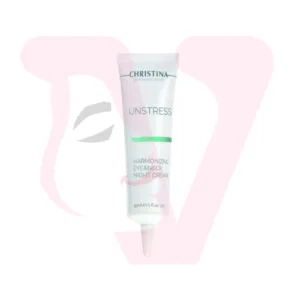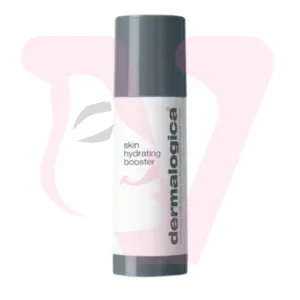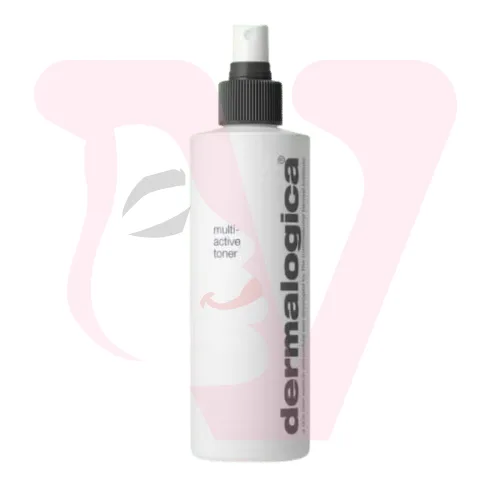news
Exfoliator: Unlocking Your Skin’s Natural Radiance
Exfoliation is the process of removing dead skin cells from the outer layer of your skin. It is a fundamental step that bridges the gap between cleansing and treatment, paving the way for a more radiant complexion. As we age, our skin’s natural ability to shed dead cells slows down. This can lead to a buildup of dull, flaky skin, clogged pores, and a decrease in the effectiveness of your serums and moisturizers.
Regular exfoliation revitalizes your skin, revealing the fresh, healthy cells underneath. It improves skin texture, minimizes the appearance of pores, helps prevent breakouts, and allows your other skincare products to penetrate deeper and work more effectively. This comprehensive guide will explore the two main types of exfoliators, explain how they work, and help you find the right method for your skin type to unlock its natural radiance.

The Two Pillars of Exfoliation: Physical vs. Chemical
There are two primary ways to exfoliate your skin, each with its own mechanism and benefits.
- Physical Exfoliators:
- How they work: This method uses a manual process to physically remove dead skin cells. This can be done with a scrub containing fine grains (like sugar, jojoba beads, or volcanic rock), a brush, or a sponge.
- Pros: Provides immediate results, leaving the skin feeling incredibly smooth and clean. It’s a quick and easy way to refresh your complexion.
- Cons: If not used correctly, physical exfoliation can be too harsh, causing micro-tears in the skin and leading to irritation, redness, and inflammation. It is crucial to use gentle pressure and avoid products with large, sharp particles.
- Chemical Exfoliators:
- How they work: This method uses gentle acids to dissolve the “glue” that holds dead skin cells together, allowing them to slough off naturally. This process is much gentler on the skin than physical abrasion.
- Pros: Provides a more even and deeper exfoliation without the risk of physical damage. It’s highly effective for treating a range of concerns, from acne to hyperpigmentation.
- Cons: Can cause initial tingling or slight redness, especially for sensitive skin. It’s important to start with a low concentration and gradually increase usage.

Understanding the Key Chemical Exfoliants
The world of chemical exfoliants is dominated by two main groups: AHAs and BHAs.
- AHAs (Alpha Hydroxy Acids):
- How they work: AHAs are water-soluble acids that work on the surface of the skin. They are great for addressing surface-level concerns.
- Best for: Dry, normal, and mature skin.
- Common types:
- Glycolic Acid: The smallest AHA, it can penetrate the deepest, making it highly effective for anti-aging and brightening.
- Lactic Acid: A larger molecule, it’s gentler and also a great humectant, making it ideal for sensitive and dry skin.
- Mandelic Acid: The largest AHA, it is the gentlest and has anti-inflammatory properties, making it suitable for sensitive and acne-prone skin.
- BHAs (Beta Hydroxy Acids):
- How they work: BHAs are oil-soluble acids that can penetrate deep into the pores, making them excellent for tackling clogged pores.
- Best for: Oily and acne-prone skin.
- Common types:
- Salicylic Acid: The most common BHA. It helps to dissolve oil and dead skin cells from within the pores, preventing blackheads and breakouts.

How to Incorporate Exfoliation into Your Routine
Proper usage is crucial to avoid over-exfoliation and damaging your skin barrier.
- Start Slowly: Begin by exfoliating once or twice a week. If your skin tolerates it well, you can gradually increase the frequency.
- Listen to Your Skin: Pay attention to how your skin feels. If you experience excessive redness, stinging, or dryness, reduce the frequency or switch to a gentler product.
- Choose the Right Type:
- For Dry/Sensitive Skin: Opt for gentle chemical exfoliants like Lactic Acid or Mandelic Acid. Avoid harsh physical scrubs.
- For Oily/Acne-Prone Skin: Salicylic Acid is your best friend. A gentle physical scrub can also be used, but with caution.
- Protect Your Skin: Exfoliated skin is more sensitive to the sun. Always apply a broad-spectrum sunscreen with SPF 30 or higher the next morning.
Conclusion: A Path to Radiance
Exfoliation is a game-changer for skin health and appearance. By removing the layer of dead cells, you not only reveal a brighter, smoother complexion but also create the perfect canvas for your other skincare products to perform their magic. Find the method that works best for your skin, be consistent, and unlock the natural radiance that lies just beneath the surface.

